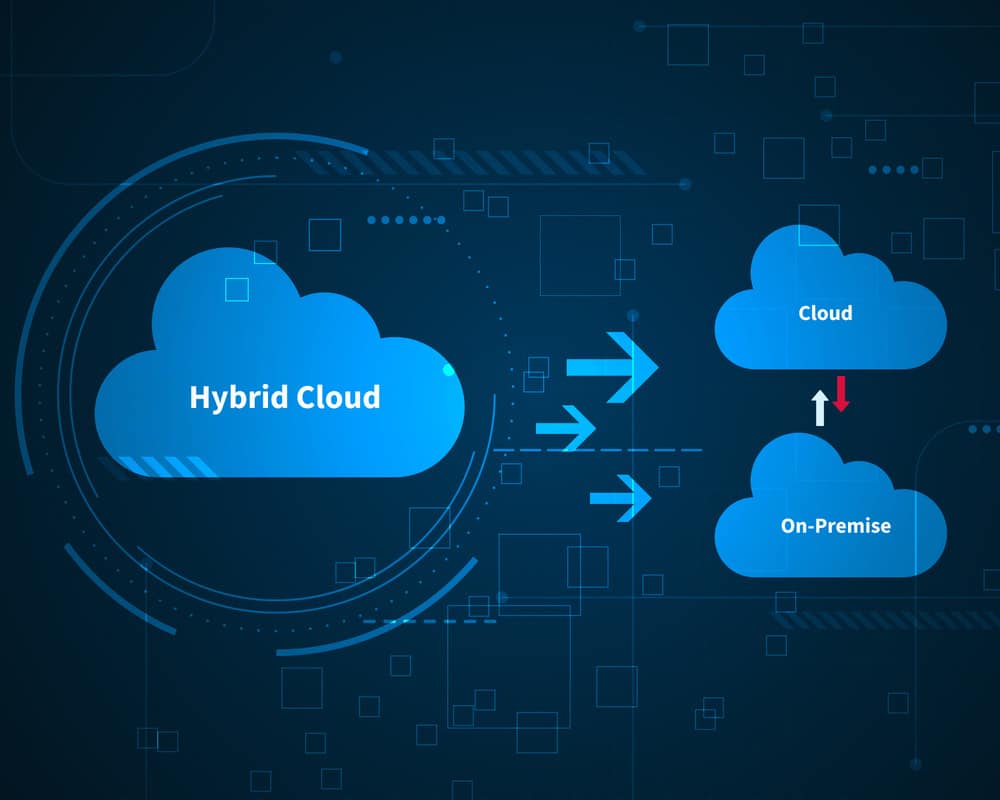How to Determine the Right Cloud Deployment Model for Your Company
The most optimal deployment model for cloud-based applications can work wonders for your digital businesses. The right approach will help leverage the full potential of modern infrastructure, which forms a solid base for competitive digital products and services. Understanding their peculiarities is crucial for informed decision-making with various options available, ranging from public to multi-cloud.
Models for Deploying Cloud Services: Quick Overview
1. Public Cloud
Public cloud platforms facilitate application release and storage over the Internet. This model provides ultimate on-demand scalability, flexibility, and affordability as its key advantages. However, these advantages come with a tradeoff. Using a public cloud platform may cause data protection and compliance concerns, especially for sensitive or regulated data.
Advantages:
- Scalability. You can scale the required capacity up and down depending on evolving needs.
- Cost-efficiency: These platforms operate on pay-per-use pricing models, which helps optimize expenses.
- Global reach: Public clouds have data centers worldwide for improved latency and accessibility.
Cons:
- Possible compliance concerns.
- Limited customizability compared to other models, e.g., private clouds.
2. Private Cloud
Private cloud environments target individual organizations and are managed internally or by an external provider. Businesses have enhanced control, security, and customization capabilities compared to their public cloud counterparts.
Advantages:
- Improved data safety: Underlying data and resources are isolated, providing total control over security benchmarks.
- Customization: Tailored solutions to meet individual requirements.
- Compliance: Ideal for industries with stringent regulations.
Cons:
- High upfront investment and operational costs.
- Limited flexibility compared to scalable public cloud offerings.
- Requires in-house expertise with data management.
3. Hybrid Cloud
Hybrid clouds blend the necessary parts of public and private clouds. This model allows companies to use the advantages of each. They enable seamless data and application portability between environments and offer flexible capacities for all demands.
Peculiarities:
- Integration: The hybrid model requires robust solutions to provide uninterrupted data flow between public and private parts.
- Data management: Efficient data management strategies are essential to maintain consistency and security across hybrid environments.
Advantages:
- Flexibility: Businesses can leverage scalable public cloud repositories while storing and maintaining restricted data in a private environment.
- Cost reduction: The model lets organizations marry performance requirements with current budget constraints by combining the two resources.
Cons:
- Intricacy: Simultaneous management of multiple environments can be challenging for non-tech-savvy teams.
- Data security implications: The model requires robust efforts to secure data integrity and confidentiality across hybrid environments.
4. Multi-cloud
This option uses services from numerous cloud platforms to eliminate dependence on a specific vendor, optimize system performance under heavy load, and improve redundancy. Distributing workloads across different cloud platforms provides flexibility and resilience.
Overview:
- Deployment involves employing services from various cloud providers concurrently.
- Offers redundancy and resilience against outages or disruptions from a single provider.
Advantages:
- Helps bypass cloud vendor lock-in.
- Optimizes performance by using the strengths of different cloud providers.
- Enhances resilience and disaster recovery capabilities.
Cons:
- Increased complexity in management and governance.
- Potential interoperability roadblocks between different cloud platforms.
Factors Affecting Your Choice
Several factors come into play when determining the right deployment model. Consider them to make the right decision:
- Security and compliance limitations. Depending on your industry, you will require specific levels of security and compliance. For example, healthcare, educational, and banking institutions are subject to regulations such as GDPR. Assessing data protection and submission requirements is crucial in selecting a deployment model that meets these standards.
- Performance and scalability needs. Understanding the workload characteristics and anticipated growth patterns is essential for determining the required level of performance and scalability. Specific applications may demand high computational power or require rapid scaling, influencing the selection of a cloud deployment approach.
- Budget constraints. Public cloud solutions typically feature a cost-effective pay-per-use pricing hierarchy, allowing businesses to pay only for the needed resources. In contrast, a private cloud environment often requires a more considerable upfront investment and incurs ongoing operational expenses. Evaluating the total cost of ownership and comparing it across different deployment models helps make financially sound decisions.
- Data regulations. Data protection guidelines dictate where data can be stored and processed, impacting the choice of cloud deployment model. Organizations operating in multiple jurisdictions must comply with local data protection regulations, which may require data residency within specific geographic locations. Understanding these regulations ensures legal compliance and mitigates risks associated with non-compliance.
- Existing IT infrastructure and expertise: Assessing the organization’s current IT infrastructure and expertise is critical in determining the feasibility of different deployment models. Leveraging existing resources and skill sets can influence the choice between building a private cloud environment or adopting public cloud services. It’s essential to evaluate the compatibility and integration capabilities with the existing infrastructure to minimize disruption and maximize efficiency.
Conclusion
A suitable deployment model for cloud services can significantly impact an organization’s operations, performance, and security. Whether opting for public, private, hybrid, or multi-cloud solutions, evaluating the specific requirements and considering factors such as security, scalability, and cost-effectiveness is essential.
Consider partnering with a trusted cloud software development company like Geomotiv (https://geomotiv.com/services/cloud-software-development-company/) for expert assistance in deploying cloud services. Their experience will be instrumental in navigating the complexities of cloud deployment, ensuring optimal performance and security for your business needs.


























